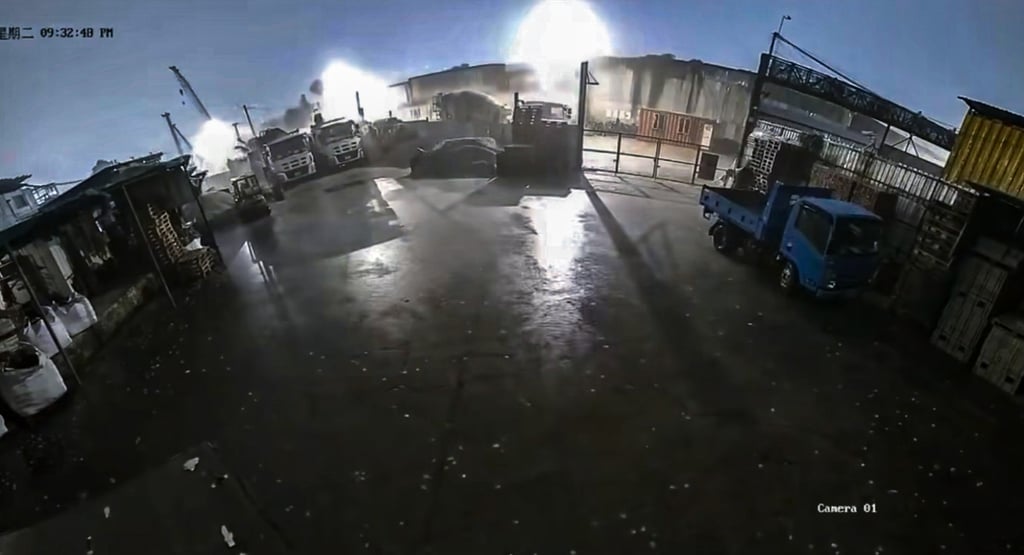Was it raining hailstones or cotton in Hong Kong? Observatory investigates claims
- Several videos circulating online show white pellets dancing in sky in Yuen Long at around 9.30pm on Tuesday
- ‘Some said there was hail in Dai Shu Ha, but that was just cotton blown up by the wind, I was there at the scene,’ internet user says

Videos reportedly showing hail falling in the northern part of Hong Kong on Tuesday night were being verified by the weather forecaster, as some internet users reported the “hailstones” were cotton.
Several videos circulating online showed white pellets dancing in the sky in Yuen Long amid strong winds and torrential rain around 9.30pm on Tuesday, half an hour before the Observatory issued a hail warning.

The forecaster said hail had been reported in the Pearl River Delta region, including Macau and Zhuhai.
“We noticed some videos of suspected hail in Hong Kong on social media, but they were subject to confirmation by the Observatory,” scientific officer Jennifer Yip Ling said.
Yip added that hail was produced during severe thunderstorms, as stronger updrafts brought water vapour above the freezing layer in a cumulonimbus cloud and formed ice particles.
When updrafts cannot support the weight of the particles, they will fall onto the ground as hail.